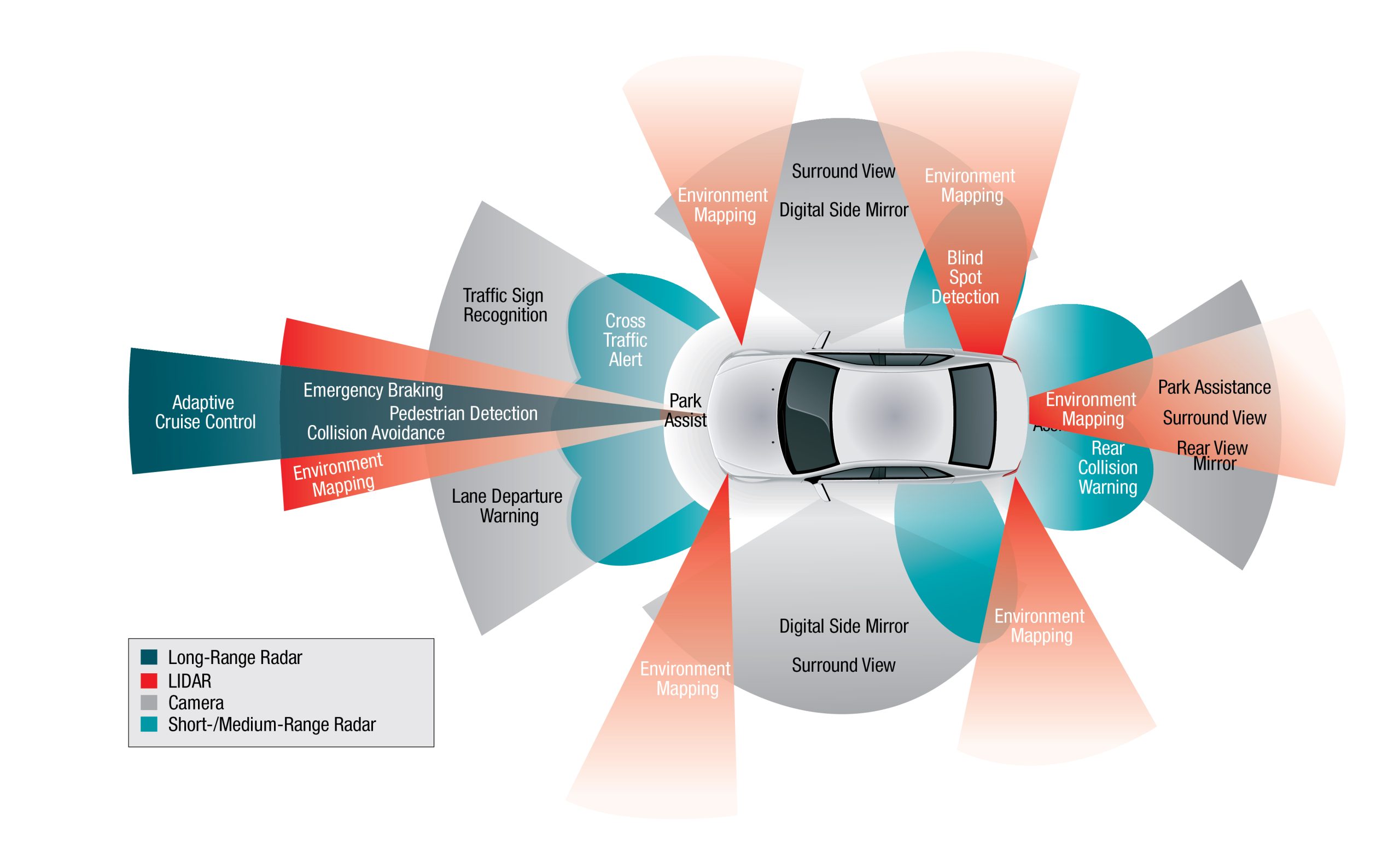The Rise of Autonomous Vehicles
In recent years, the automotive industry has seen a significant shift towards autonomous vehicle technology. From experimental prototypes to fully functional self-driving cars on the streets, this transformation is poised to redefine the way we think about transportation.
Understanding Autonomous Vehicles
Autonomous vehicles, often referred to as self-driving cars, are equipped with an array of sensors, cameras, and advanced artificial intelligence systems. These technologies work together to enable the vehicle to operate without human intervention. Autonomy levels typically range from Level 0 (no automation) to Level 5 (full automation), with Level 5 vehicles being capable of complete self-operation in all conditions.
The journey towards autonomous vehicles involves overcoming numerous technical, regulatory, and safety challenges. Key elements include:
- Sensor Technology
Self-driving cars rely on various sensors such as Lidar, radar, cameras, and ultrasonic devices to perceive their surroundings. These sensors feed data to the vehicle’s computer system, allowing it to make real-time decisions and navigate the environment safely. - Machine Learning and AI
The brains behind autonomous vehicles are advanced artificial intelligence systems. These AI algorithms process the data from sensors, recognize objects, and make driving decisions, adapting to changing road conditions and traffic patterns. - Connectivity
Connected vehicle technology allows autonomous cars to communicate with each other and infrastructure, enhancing safety and traffic flow. This connectivity plays a vital role in the development of autonomous driving ecosystems.
The Benefits of Autonomous Vehicles
- Safety Improvements
Autonomous vehicles have the potential to drastically reduce accidents caused by human error. They can react faster than humans, avoid collisions, and adhere to traffic rules consistently. As a result, the roads may become much safer for all users. - Enhanced Mobility
Self-driving cars promise greater mobility for people who are unable to drive due to age or disability. These vehicles can offer newfound independence and access to transportation services, improving the quality of life for many individuals. - Reduced Traffic Congestion
Autonomous vehicles can communicate with each other to optimize traffic flow. This means fewer traffic jams, shorter commute times, and reduced fuel consumption. - Environmental Benefits
By optimizing driving patterns and reducing traffic congestion, autonomous vehicles have the potential to lower carbon emissions. Electric autonomous cars can also contribute to a greener future, furthering the cause of environmental sustainability.
The Road Ahead: Autonomous Vehicle Trends
The autonomous vehicle industry is evolving rapidly, and several trends are shaping the future of self-driving cars.
- Ride-Sharing and Mobility-as-a-Service (MaaS)
Autonomous vehicles are set to be a cornerstone of the future of ride-sharing and Mobility-as-a-Service (MaaS). Companies like Uber and Lyft are investing heavily in autonomous technology to create more efficient, cost-effective transportation services. - Urban Mobility Solutions
In densely populated urban areas, autonomous vehicles can help alleviate congestion and improve transportation options. City planners are exploring the integration of self-driving shuttles and buses into public transit systems. - Autonomous Trucks
The freight and logistics industry is embracing autonomous technology to improve efficiency and reduce labor costs. Autonomous trucks have the potential to revolutionize the shipping and delivery industry. - Regulatory Framework
Governments around the world are working to establish regulations for autonomous vehicles. Striking the right balance between safety and innovation is crucial to ensuring the responsible deployment of self-driving cars.
Challenges and Concerns
As exciting as the prospects of autonomous vehicles are, there are several challenges and concerns that need to be addressed:
- Safety and Liability
Determining liability in the event of an accident involving an autonomous vehicle is a complex legal issue. Establishing clear guidelines and standards is essential for building trust in this technology. - Cybersecurity
Autonomous vehicles are vulnerable to cyberattacks. Ensuring the security of self-driving cars and their data is a paramount concern. - Ethical Decisions
Autonomous vehicles may face situations where ethical decisions must be made, such as choosing between minimizing harm to the occupant or to pedestrians. These ethical dilemmas need to be resolved. - Infrastructure and Connectivity
The development of autonomous vehicles depends on the availability of smart infrastructure and reliable connectivity. Investment in these areas is essential to support the growth of self-driving cars.
The Future of Transportation
The world of autonomous vehicle technology is evolving at an unprecedented pace. We are on the brink of a transportation revolution that promises safer, more efficient, and sustainable mobility for all. As we embrace this technological shift, it is crucial to address challenges and work collaboratively to build a future where autonomous vehicles play a pivotal role in transforming the way we move from place to place.
In conclusion, autonomous vehicles are not just about self-driving cars; they are a transformative force that has the potential to reshape our cities, improve safety, and reduce the environmental impact of transportation. The road ahead is exciting, and as technology advances and regulations evolve, autonomous vehicles will continue to be a fascinating and essential part of our future.
In this blog post, we’ve explored the rise of autonomous vehicles, their numerous benefits, the trends shaping the industry, and the challenges that must be overcome. The future of transportation is autonomous, and it’s a journey worth following closely.



